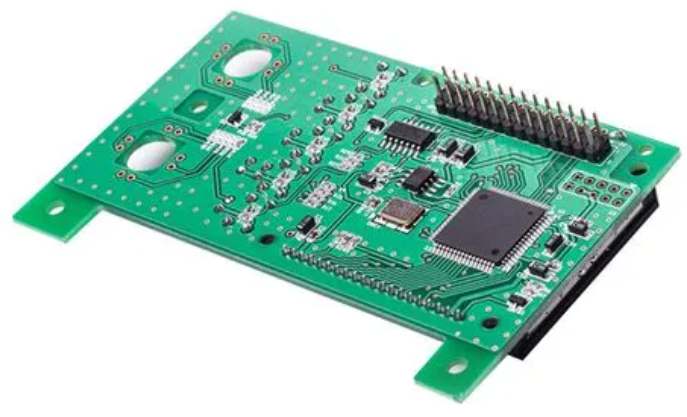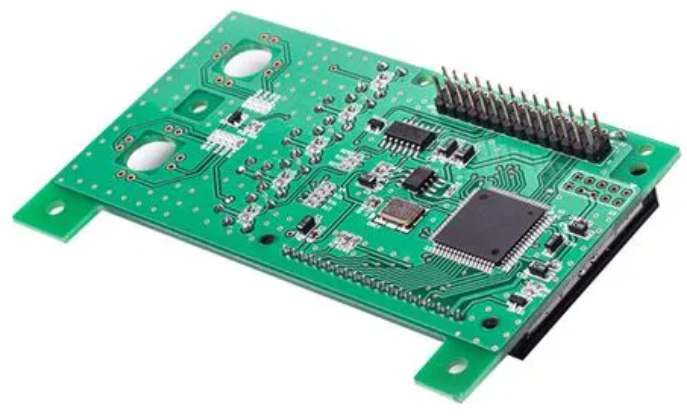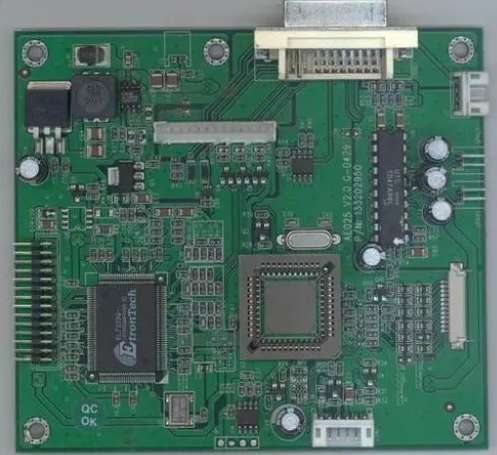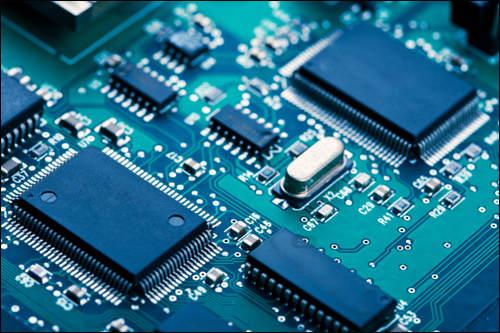
kingford is a PCBA OEM service provider, which can provide one-stop services from PCB board making, component purchasing, SMT processing, DIP processing to test and assembly. SMT processing as an important link of PCBA, the quality of processing directly affects the quality of products. SMT processing includes multiple processes. How to standardize each process to post perfect PCBA? The following patch processing manufacturers to explain how to post the perfect PCBA and SMT patch processing how to calculate the relevant knowledge of processing points.
1. How to calculate machining points for SMT patch processing
SMT SMT processing manufacturer kingford has SMT SMT, can provide small package 0201 components SMT processing services. The SMT plant is equipped with 3 Fuji high-speed SMT production lines, 2 DIP plug-in production lines, equipped with AOI optical detector and other SMT processing equipment, with a daily SMT production capacity of 3 to 4 million. Next, we will introduce the SMT patch processing plant is how to calculate the processing points. When assessing SMT processing costs, SMT SMT processing plants usually calculate the number of processing points first, and then multiply the processing unit price to obtain the SMT processing costs. The specific calculation steps are as follows:
1. First introduce SMT production process and each process content: feeding -> Printing solder paste -> Patch element -> Visual inspection -> Overreflux furnace -> Ultrasonic washing plate -> Cutting plate -> Appearance inspection -> Packaging (some products need IC programming and PCBA function test).
2. SMT patch component count calculation: SMT patch processing fee is generally calculated by the number of component count, patch resistance, capacitor, diode one component count one point, a triode count 1.5 points, IC four feet count one point, count all the patch points on the board through BOM list.
3. Calculate the patch processing cost. Patch processing fee = number of points * the unit price of 1 point (The processing fee includes the cost of auxiliary materials such as red glue, tin paste and washing water).
4. Other expenses PCBA test frame, steel mesh and other fees agreed by both parties shall be calculated separately.

2. How to post the perfect PCBA
SMT processing manufacturer kingford will explain to you next.
1. The printing of lead-free solder paste. In this operation part, we should note that the steel mesh is aligned with the PCB, and the opening of the steel mesh must be completely coincident with the PCB pad. Normal production can only be started after 3 pieces of trial printing are confirmed to be OK. After printing, each PCB should be self-checked. Printing solder paste is not allowed to appear more tin, less tin, even tin, offset and other undesirable phenomena. Bad printing products should be carefully cleaned. Clean the steel mesh in time. Add tin paste in time to ensure the amount of tin paste rolling on the steel net.
2. The machine we use for the mounting of small materials is CP machine. Able to mount materials quickly. Before starting the machine, you need to make sufficient preparations, such as the placement of materials, the positioning and setting of the machine, when the machine lights up yellow, you should prepare to fill the material for it.
3. The process of mounting large materials is to help PCB add large materials that cannot be mounted on CP machine before, such as crystal vibration. For this part, we use XP machines. It can realize the automatic mounting of large materials. Note that the process is similar to the CP machine.
4. Pre-furnace QC is an essential part of the whole SMT process. This link can ensure that all semi-finished products are completely without problems before passing through the furnace, so it is called pre-furnace QC. A QC is usually used in this position to check the PCB board flowing from the SMT machine. See whether there is a page leakage, bias and other problems. And then to the leakage or deviation of the plate manual correction.
5. Reflow soldering The function of reflow soldering is to melt the solder paste of the layout, so that the material is tightly welded to the layout. The machine required for this process is wave soldering. Wave soldering should pay attention to the matters also have a few points. The first is to adjust the temperature in the furnace, which needs to consider the heat degree of PCB board and the heat resistance degree of materials and other aspects, and then set the best temperature for wave soldering, so that the PCB board after the furnace basically no other problems.
6, after the furnace QC quality is life. After the furnace, there will certainly be some problems, such as air welding, virtual welding, welding and so on. So how do you find these problems? We must also match a QC on this link to detect the problem of the board after the furnace. And then we're doing manual corrections.
7. QA Spot Check When all the automatic mounting process is complete, we have a final step, which is spot check. Random inspection of this step, we can roughly assess the production of our products qualified rate, that is, quality. Of course, random inspection must be carefully done every step, do not miss every detail on the page, so as to ensure the quality of the company's products.
8, storage finally storage. Storage also need to pay attention to, to pack neatly, can not be sloppy. Only in this way can customers have a perfect experience. Above is the processing of a perfect PCBA need to pay attention to the place, if you have PCB products need to do PCBA processing, welcome to consult kingford







